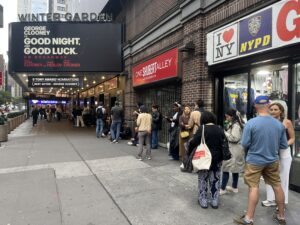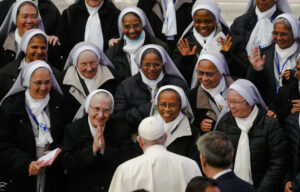New York City’s homeless population has been growing exponentially in the last five years. The city has reached its highest levels of homelessness since the Great Depression. Many government agencies and nonprofit organizations work tirelessly to provide adequate shelter, healthcare, and nourishment to those in need. The system is not perfect. Yet it’s only through these bodies that we are able to track the growing number of homeless in the city. Although New York City has one of the lowest rates of unsheltered homelessness in the country, this way of estimating the population excludes the five percent of the homeless that never enter shelters. Recent studies have shown that surveys significantly underestimate the number of unsheltered homeless New Yorkers.
Mark, profiled here, is a painter and father of five who doesn’t frequent shelters. On rainy days, he relies on scaffolding on the corner of Broadway near Union Square Park. Through a toothy grin, he says that he is “grateful for the people that let him stay there” when he has nowhere to go.
African-American and Latino New Yorkers are disproportionately affected by homelessness. New York City’s homeless shelter residents are approximately 58 percent African-American and 31 percent Latino. Juda, profiled below, is originally from Cuba and is attempting to fulfill his dream of becoming a performer in the city. He is an avid dancer, actor, and rollerblader. He is hoping to get scouted sometime soon.
The state of homelessness in New York City might seem hopeless at times, but in their “State of Homeless 2018” report the Coalition For The Homeless proposes a plan that would reduce New York City’s shelter population per night from 60,1717 in 2017 to 38,913 in 2021. Their projection is far lower than the one Mayor Bill De Blasio, who proposes 57,990 individuals per night. The Coalition advocates for several policy recommendations that will reduce the number of those seeking shelter every night. If the overall homeless population decreases then it might be possible to offer better and more adequate care for those, like Eddy, Mark, and Juda, who are unsheltered.
Click here to read the proposal! For more information visit the Coalition For The Homeless.









